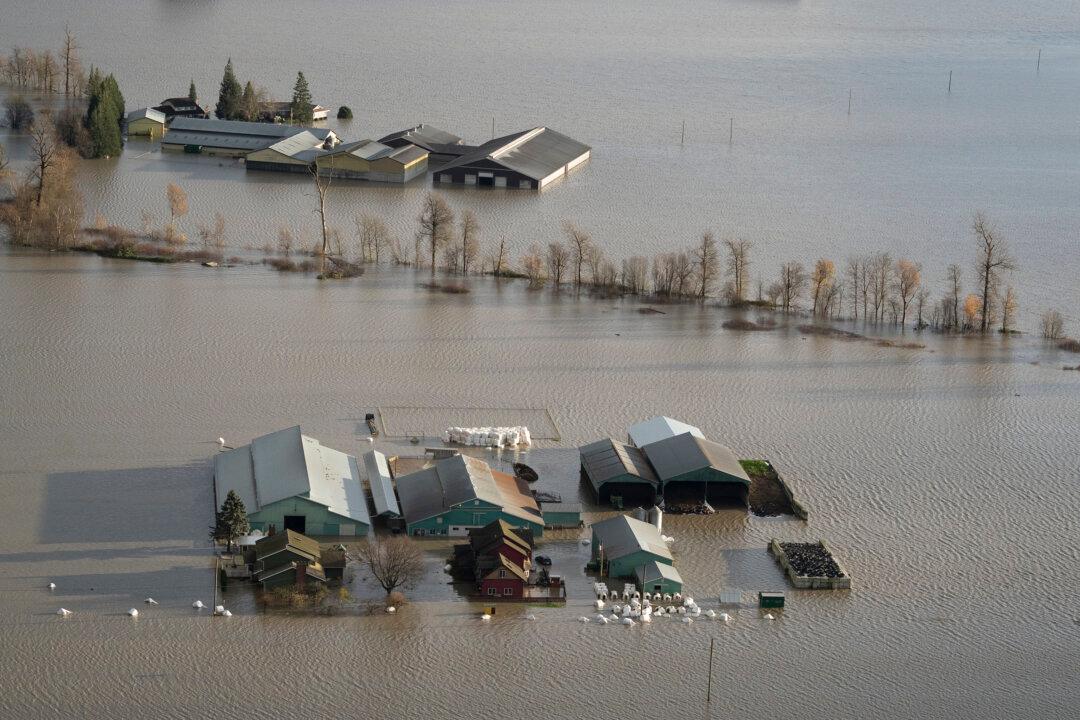A federal government report suggests that homeowners who experience flooding but had declined to buy flood insurance should not receive aid from its program established to help the provinces and territories (PTs) respond to large-scale natural disasters.
“Some PTs are moving toward refusing claims when someone is uninsured but flood insurance is available,” said the joint audit and evaluation of the Disaster Financial Assistance Arrangements Program (DFAA), the federal program administered by Public Safety Canada.
“It has been suggested that the federal government could encourage all PTs to adopt the strategy of refusing DFA [disaster financial assistance] payments to households that do not avail themselves of flood insurance,” the report added.
“If affordable flood insurance can be made available across Canada, the DFAA would not be needed for private property which would marginally reduce DFAA costs.”
The audit and evaluation report, which covers the fiscal periods from 2016–17 to 2020–21, states that residential loss only accounts for 15 percent of the federal program’s flood relief costs.
“This would still leave the federal government responsible for public sector assets which are the largest draw on DFAA funds,” the report said.
That largest portion of flood recovery costs goes to repairing and rebuilding damaged roads, bridges, utilities, and other public infrastructure.
Last-Resort Program, Not ‘Insurance’ Plan
Private home insurance covering overland flooding started becoming available in some parts of Canada in 2015. Historically, 80 percent of events assisted by federal disaster funding have been flood-related. Flood insurance is now available across the country except in most areas with a high-risk of flooding, leaving government financial aid the only option for those properties.
Starting in 1996, according to the report, Canada has experienced at least one major disaster per year, such as the 1996 flash floods in Quebec’s Saguenay region, the 2013 Calgary flood, the 2016 Alberta wildfires in Fort McMurray, and the 2021 extreme weather events in B.C., which included a heat dome, flooding, wildfires, and landslides.
Since the DFAA program began in 1970, the federal government has contributed more than $6 billion in post-disaster assistance to help with restoring infrastructure and personal property. More than half of this spending has occurred in the last decade.
The DFAA program has a cost-sharing formula calculated between the federal and PT governments. PTs have up to six months following the end of a natural disaster to request financial aid.
The auditors conducted 30 interviews with PT representatives and stakeholders from various groups involved in the DFAA program. They reviewed financial data, media reports, and academic research and noted in the report that while the program was created as a last resort, it is instead being used as an “insurance” plan.





